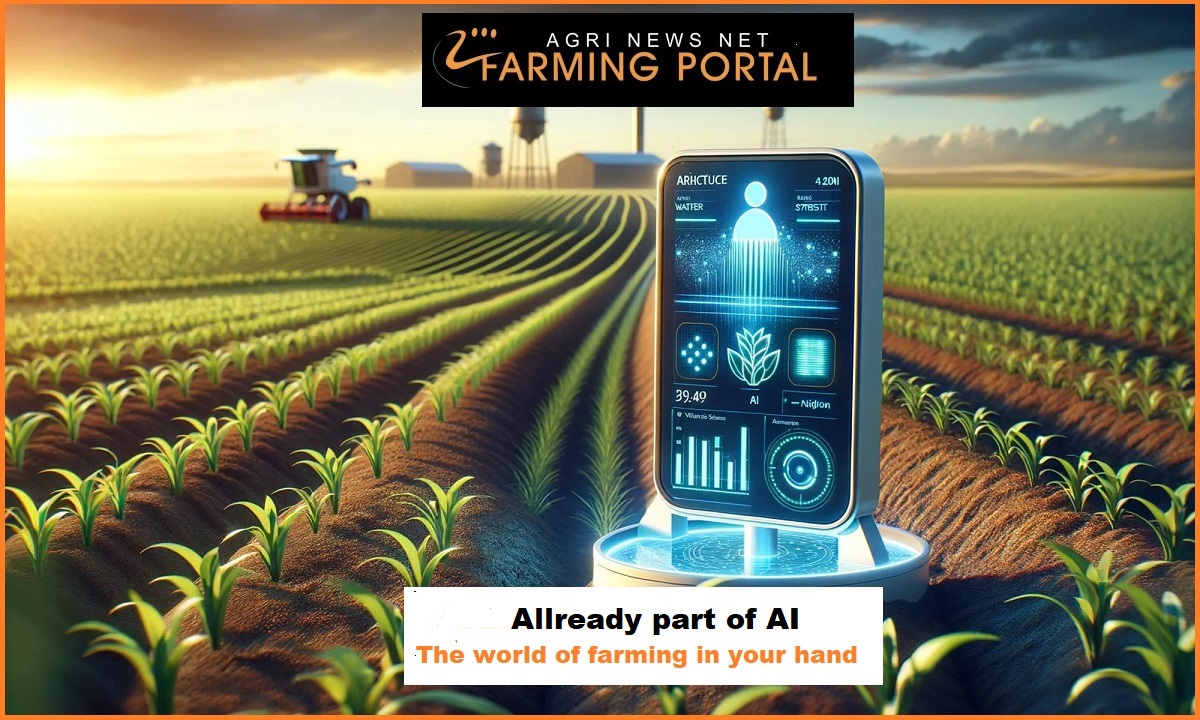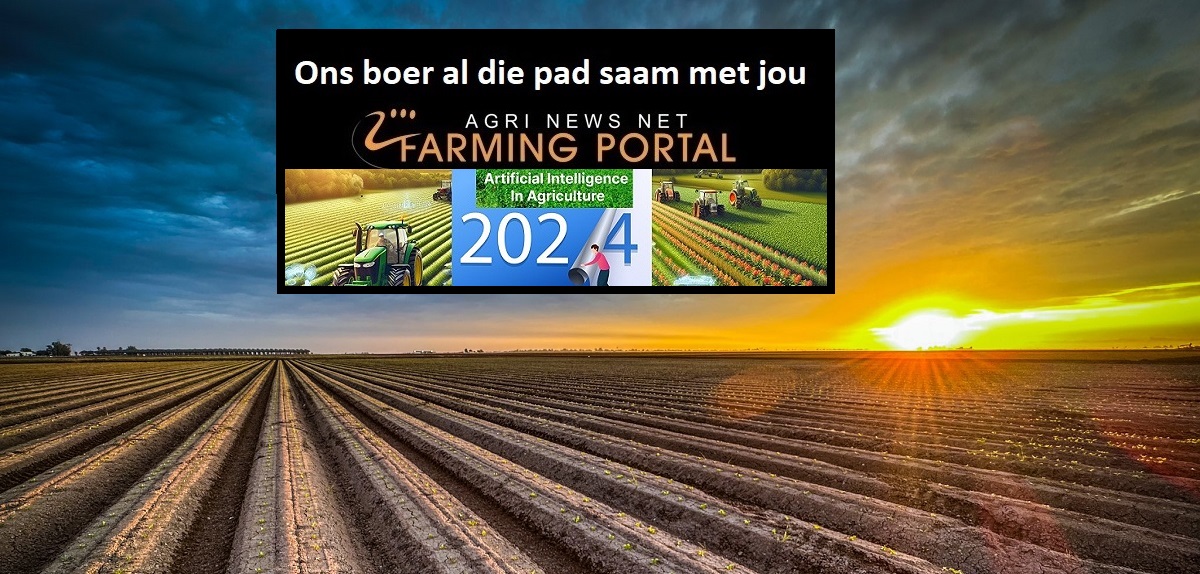The global agricultural sector is undergoing a significant transformation, driven by technological advancements and the increasing demand for sustainable farming practices, according to recent report from Global Market Insights.
Digital agriculture, which leverages digital tools and data to enhance agricultural productivity and efficiency, is at the forefront of this revolution. Recent market analyses predict that the digital agriculture market is poised to exceed USD 57 billion by 2032, reflecting a robust compound annual growth rate (CAGR). This article explores the factors driving this growth, the technologies at the heart of digital agriculture, and the implications for farmers and consumers alike.
The Driving Forces Behind Digital Agriculture
Several key factors are fueling the rapid expansion of the digital agriculture market. One of the primary drivers is the global need to increase food production to meet the demands of a growing population. According to the United Nations, the world population is expected to reach 9.7 billion by 2050, necessitating a 70% increase in food production. Traditional farming methods alone cannot meet this demand, making digital agriculture a crucial component of future food security.
Additionally, the push for sustainability is encouraging the adoption of digital agricultural technologies. Climate change, soil degradation, and water scarcity are significant challenges that require innovative solutions. Digital agriculture offers tools such as precision farming, which optimizes the use of resources like water and fertilizers, reducing waste and environmental impact.
Core Technologies in Digital Agriculture
Several cutting-edge technologies are driving the growth of digital agriculture, each contributing to enhanced efficiency and productivity.
Internet of Things (IoT): IoT devices, such as soil sensors and weather stations, collect real-time data on various environmental parameters. This data allows farmers to make informed decisions about irrigation, fertilization, and pest control, leading to more efficient resource use and higher crop yields.
Artificial Intelligence (AI) and Machine Learning (ML): AI and ML algorithms analyze vast amounts of data from IoT devices, satellite imagery, and other sources. These technologies can predict weather patterns, identify pest infestations, and recommend optimal planting times, helping farmers to optimize their operations.
Drones and Remote Sensing: Drones equipped with cameras and sensors provide detailed aerial images of fields. This technology enables farmers to monitor crop health, detect diseases early, and assess the effectiveness of treatments. Remote sensing technologies, including satellite imagery, offer similar benefits on a larger scale.
Blockchain: Blockchain technology enhances transparency and traceability in the agricultural supply chain. It allows consumers to trace the origin of their food, ensuring it is produced sustainably and ethically. For farmers, blockchain can streamline transactions and reduce the risk of fraud.
 History of Ag Machinery & Technology
History of Ag Machinery & Technology
Big Data Analytics: The integration of big data analytics in agriculture helps in the collection, processing, and analysis of large datasets. Farmers can gain insights into market trends, optimize pricing strategies, and forecast demand more accurately.
Implications for Farmers and Consumers
The growth of the digital agriculture market has far-reaching implications for both farmers and consumers. For farmers, digital tools can lead to significant cost savings and increased profitability. By optimizing resource use and reducing waste, farmers can lower their input costs and increase their yields. Moreover, digital technologies can help farmers to adopt sustainable practices, ensuring the long-term viability of their operations.
Consumers, on the other hand, benefit from greater transparency and food safety. With the ability to trace the origin of their food, consumers can make more informed choices and support sustainable farming practices. Additionally, increased efficiency in the agricultural sector can lead to more stable food prices and improved food security.
Conclusion
The digital agriculture market is set to experience unprecedented growth, exceeding USD 57 billion by 2032. This expansion is driven by the need for increased food production, sustainable farming practices, and the adoption of cutting-edge technologies. As digital agriculture continues to evolve, it promises to revolutionize the agricultural sector, benefiting both farmers and consumers. By embracing these innovations, the global agricultural community can ensure a more sustainable and secure future for food production.















